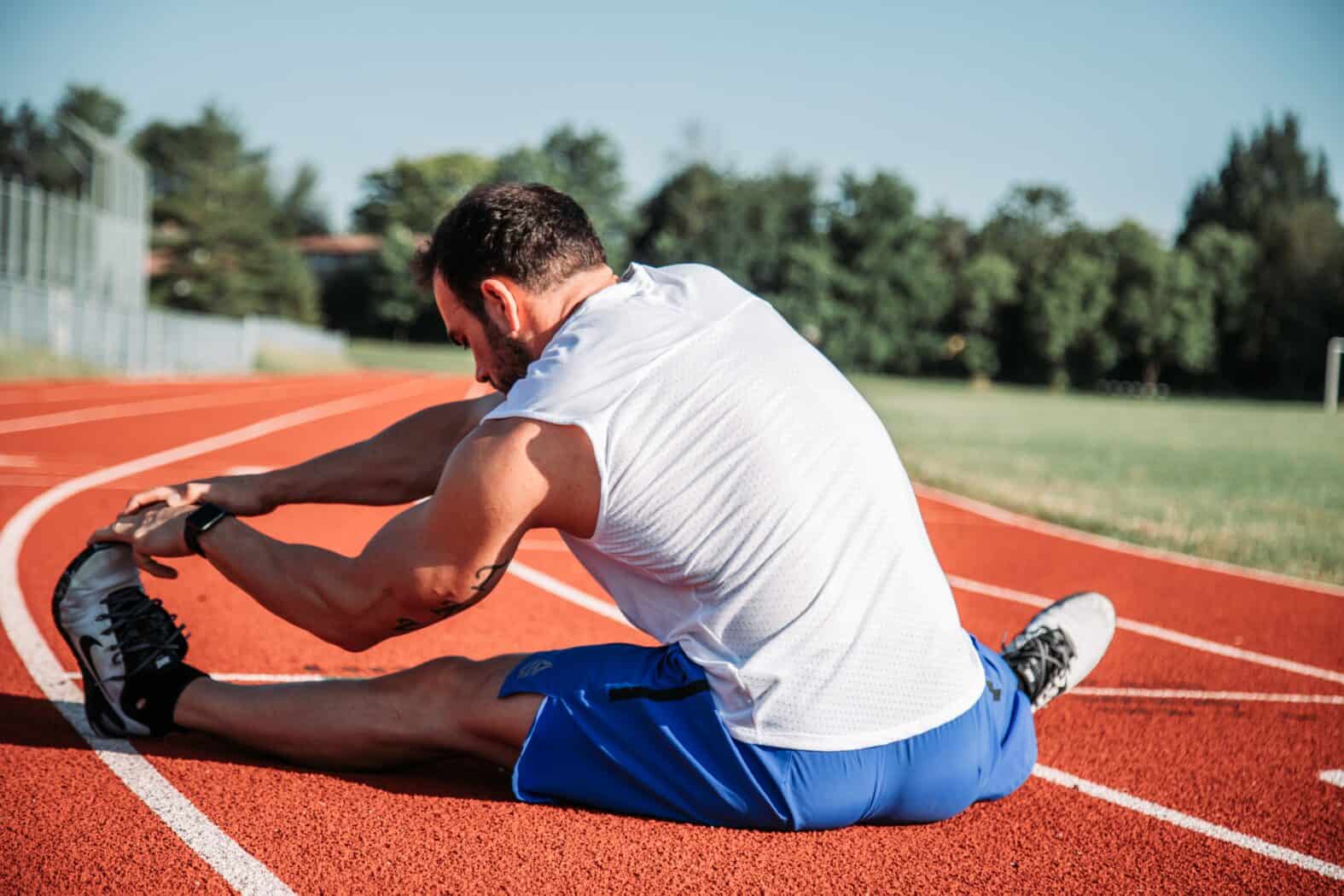
Sitting Pretty
By SHCHD,
Photo by Alora Griffiths on Unsplash
You may have seen sitting described as “the new smoking” by various media outlets, as though folding our bodies into the shapes dictated by chairs were a risk equivalent to that of a gripping addiction or a terminal disease. The publicity associated with this thinking has started a fad of standing and even walking desk set-ups, as well as a line of astronomically priced recliners, all of which have sprouted a whole other avenue of fear-mongering about the static or repetitive stresses of these sitting remedies.
Moving, stretching, and strengthening your sitting-vulnerable parts will make you a more productive, more relaxed and happier sitter.
In fact, sitting is just another of an infinite number of shapes the body is capable of assuming. The human body is a wonderfully versatile structure. Unlike the sow bug, say, which has two different forms: stretched out for worry-free traveling times, or rolled up like a ball for protection against curious tots, your body can sit in all kinds of chairs, climb trees, swim under water, dance the fox-trot, pedal a bicycle through the Alps, or sink into a couch to binge-watch Netflix.
The problem occurs when sitting is all that a human does, day in and day out, for uninterrupted hours at a time, so that the body begins to stiffen into that shape, the way your mom used to tell you if you didn’t stop frowning your face would freeze like that.
Sitting can put us into some shapes that stress the neck through jutting the head forward. It can rob the lungs of space through rounding forward of the shoulders. It can flatten the low back through slumping into the often concave shape of the chair back, and deadening sensitivity in the pelvis, seat, legs and feet through compression and inactivity.
If your job or hobbies or whatever has you sitting for long periods of time, there are many things you can do to minimize or eliminate some of the negative effects.
First, get up and move around every 15 minutes or so. Stand up and stretch your arms up and back, gently twist your torso left and right, walk around for a couple of minutes. Look outside to give your eyes a rest from close work.
Then, when your long sitting session is over, or at least once a day when you sit for long periods, do a series of targeted stretches and strengtheners to un-sit your body:
- Make double chins: pull your chin back and just see how many double chins you can successfully create. Lift and broaden the back of your skull, take the tips of your Spock ears up and back. Feel as though your skull were perfectly balanced on the top of your spine like a Buster Posey bobblehead. Hold for 5 breaths or so. Repeat as you like.
- Clasp your hands behind your back and squeeze your shoulder blades together and down behind you. Lift your chest and lean back a little, looking up. Hold for 5-10 deep breaths, feeling the breath spreading the front chest and upper side ribs.
- Stretch your hip flexors (the front of your hips and thighs) and activate your hip extensors (seat and back of legs) by taking a big step forward and dropping into a lunge. Keep your spine upright and use a wall or other sturdy surface for balance if necessary. Slowly pump up and down, taking both knees toward a right-angle bend, for at least 20 seconds and build up to a minute on each side.
- Stand with feet hip-width apart and reach arms overhead. Lift up and slowly side bend to the right, lifting up more than tilting to the side. Hold for 5-7 breaths on each side, or alternate sides rhythmically with each breath.
- Stand with your knees and hips slightly bent, your hands just above your knees, supporting your upper body, in “tired basketball player” pose. Inhale and arch your spine, looking up as you lift your tail feathers, squeezing shoulder blades together and down the back. Then exhale and round the spine and tuck your tail under, tucking chin toward chest, and feeling the upper back broaden and stretch as your shoulder blades slide away from the spine. Alternate between arching and rounding the spine 10-20 times. Feel the whole spine participating, not just the bendy parts.
- Standing with a hand on a wall for stability, pump up and down onto tippy toes, strengthening feet and calves. 30-60 seconds.
You could add to the movement and stretching routine by experimenting with a few things at your sitting stations:
If your chair seat is high and the front edge of it cuts into the backs of your thighs, consider putting a lift under your feet (experiment with the height to get just the right lift for your legs) so that nothing impedes circulation.
Consider adjusting the height and distance of your monitor or TV to have a more comfortable position for your neck.
If you use a mouse or keyboard, adjust their height so the shoulders can relax down.
Try using this simple harness while sitting as a reminder not to slouch. It works with a yoga strap or a couple of neckties tied together.
Moving, stretching, and strengthening your sitting-vulnerable parts will make you a more productive, more relaxed and happier sitter. Try not to stress about it, though, or it could drive you to take up smoking.
Submitted by Ann Constantino for the SoHum Health Outreach Department
SHCHD, Staff writer
Related: Fitness, Mental Health, SoHum Health, Wellness